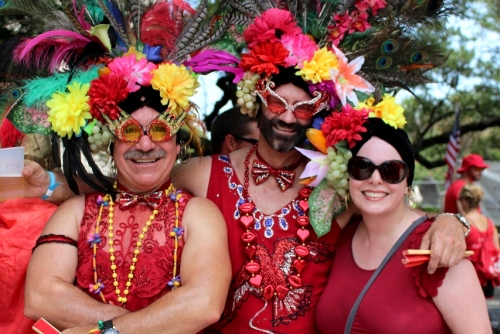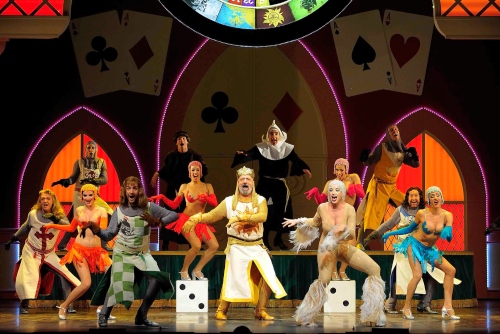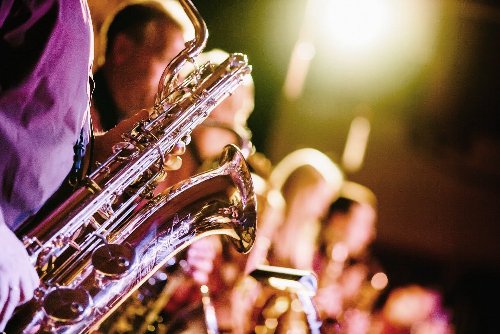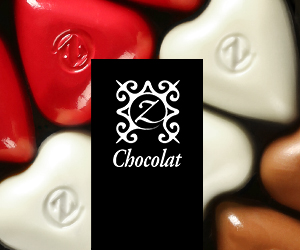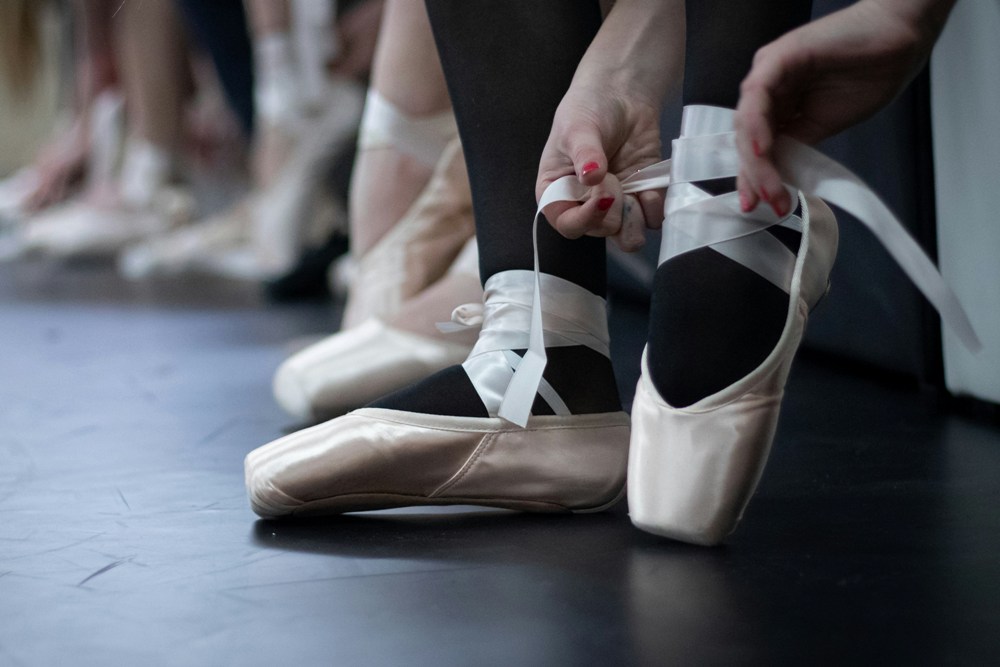
Few human activities offer as rich and layered a benefit as dance. Rooted in every culture and generation, dance transcends entertainment to serve as a powerful force for physical vitality, cognitive engagement, and emotional expression. Its ability to channel movement into an art form not only improves physiological health but also contributes to psychological resilience and social connection. Whether performed on stage, in the studio, or at home, dance functions as both discipline and liberation, aligning body and spirit through rhythm and form.
Movement for Physical Health
Dance challenges the body in ways that develop stamina, strength, and balance. Every turn, leap, or step sequence engages the core, demands muscular control, and refines spatial awareness. From ballet to ballroom, hip-hop to flamenco, the various styles engage different muscle groups while promoting joint mobility and circulatory function. Regular participation increases cardiovascular endurance and supports metabolic activity, while also contributing to better posture and muscular symmetry. Unlike repetitive gym workouts, dance provides a dynamic approach to fitness that holds attention while supporting long-term health goals.
Enhancing Flexibility and Coordination
Among its most notable advantages, dance offers a consistent opportunity to expand physical range of motion. Warm-up sequences and fluid transitions between movements help increase muscle elasticity and joint pliability. As dancers learn to shift weight with control and grace, they develop fine motor coordination and neuromuscular integration. Movement phrases that require intricate footwork, arm extensions, or rhythmic syncopation demand mental focus and body precision. This dual challenge sharpens agility and balance, helping practitioners respond with increased fluidity not just in performance, but in daily activities as well.
Supporting Cognitive Function
Dancing is inherently a mental exercise, requiring memory recall, pattern recognition, and spatial awareness. Choreographed routines encourage individuals to mentally map movements, anticipate changes in tempo, and adjust to shifting dynamics within a group or solo setting. These mental demands activate brain regions responsible for planning and executive functioning, reinforcing cognitive flexibility. According to research, dance has been linked to a reduced risk of dementia due to the neuroplasticity it fosters through repeated, engaging challenges. In this way, dance becomes a potent catalyst for maintaining long-term cognitive clarity.
Facilitating Emotional Expression
Dance functions as a powerful vehicle for articulating emotions that may otherwise be difficult to verbalize. Movement vocabulary can reflect joy, grief, longing, or triumph, allowing individuals to explore and process internal experiences through physical form. This expressive capacity enables a cathartic release and often results in a heightened sense of psychological clarity. Whether interpreted through improvisation or structured choreography, the emotional scope of dance opens channels for introspection and transformation. The discipline invites the body to speak on behalf of the soul, giving form to unseen feelings and nurturing emotional fluency.
Building Social Connection
Whether practiced in partner formats or ensemble settings, dance often fosters a sense of shared experience and human connection. Coordinated movements performed with others demand mutual awareness, responsiveness, and trust. Dance traditions such as folk, Latin, or swing naturally develop camaraderie, while studio environments offer a structured yet inclusive space for collaboration and encouragement. The act of creating synchronized movement builds not only physical rapport but emotional resonance. This communal element can counteract isolation and deepen interpersonal bonds, especially when rehearsals and performances become collective endeavors.
Increasing Self-Confidence
The process of learning to dance involves incremental achievements that enhance confidence and self-efficacy. As students internalize technique and navigate unfamiliar movement styles, they build resilience through perseverance. Mastering even a simple combination brings a sense of accomplishment and ownership over one's physical capabilities. The mirror in the dance studio becomes not a source of judgment, but a reflective surface where growth is measured in grace and posture. This progression from uncertainty to fluidity reinforces a healthy self-image rooted in ability, expression, and personal style.
Offering Structure and Discipline
While fluid and expressive, dance also requires precision, repetition, and commitment. Training schedules and structured rehearsals demand consistency, while techniques must be refined through dedicated practice. This balance of creative freedom and structured discipline mirrors principles found in classical education, offering an environment where freedom and formality coexist. Through the rigor of drills and the patience of progression, dancers internalize habits of focus, punctuality, and respect for craft. These values often translate to other areas of life, cultivating a disciplined mindset that supports personal and professional development.
Providing a Therapeutic Outlet
For many, dance becomes a means of therapeutic exploration, particularly during times of emotional turbulence or life transition. The physicality of movement acts as a release valve for psychological tension, helping to externalize feelings of stress, anxiety, or loss. In clinical settings, structured movement therapy uses improvisational techniques to help individuals reconnect with their bodies and regulate emotional states. Even outside a therapeutic context, spontaneous dancing at home or in informal settings can lift mood, reduce inner agitation, and encourage vitality. This natural inclination to move in response to emotion underscores the body's innate wisdom in seeking equilibrium.
Honoring Cultural Identity and Heritage
Dance frequently serves as a living archive of cultural narratives, expressing collective histories, regional aesthetics, and generational values. Traditional dances, passed down through oral and physical transmission, preserve ancestral customs and spiritual beliefs. Engaging with these forms connects individuals to their lineage, reinforces a sense of identity, and fosters cultural pride. Whether through ceremonial Native American dances, African tribal rhythms, or classical Indian bharatanatyam, the embodied storytelling of dance preserves intangible heritage in a tactile and visceral way. These traditions bridge generations, ensuring continuity and communal belonging.
Inviting Lifelong Participation
Unlike some physical disciplines limited by age or athleticism, dance remains accessible throughout the lifespan. Movement styles can be adapted to suit different levels of mobility and experience, allowing individuals of all ages to experience its benefits. Seniors often find renewed vitality in low-impact dance classes, while children develop coordination and musicality through early engagement. This flexibility allows for a lifelong relationship with the practice, evolving alongside the dancer's own physical and emotional landscape. The enduring relevance of dance lies in its adaptability to welcome anyone willing to move with intention, creativity, and heart.
By engaging the body, challenging the mind, and opening a channel for emotional expression, dance offers a unique pathway to holistic wellbeing. It transcends the boundaries of performance, functioning as a therapeutic practice, a form of exercise, and a cultural expression. From improved coordination to enhanced self-esteem, the benefits of dance reach into every facet of human experience. Those who embrace the rhythm of movement not only cultivate physical health, but also nourish the deeper currents of identity, connection, and personal evolution.
EDITORIAL POLICY
The Flash List is dedicated to providing trustworthy editorial content by maintaining strict ethical standards, journalistic integrity, and credible professionalism regardless of any remuneration as working media. The Flash List is not affiliated with third-party companies mentioned and makes no endorsement or guarantee expressed or implied. The preceding article, which contains affiliated link(s) for which compensation was received, is intended for informational reference only and does not constitute advice of any kind. Moreover, a qualified professional should be consulted regarding any lifestyle consideration, medical treatment, or monetary transaction, etc. Content is published in accordance with USFTC regulations and terms and conditions.
MORE ON THE FLASH LIST








